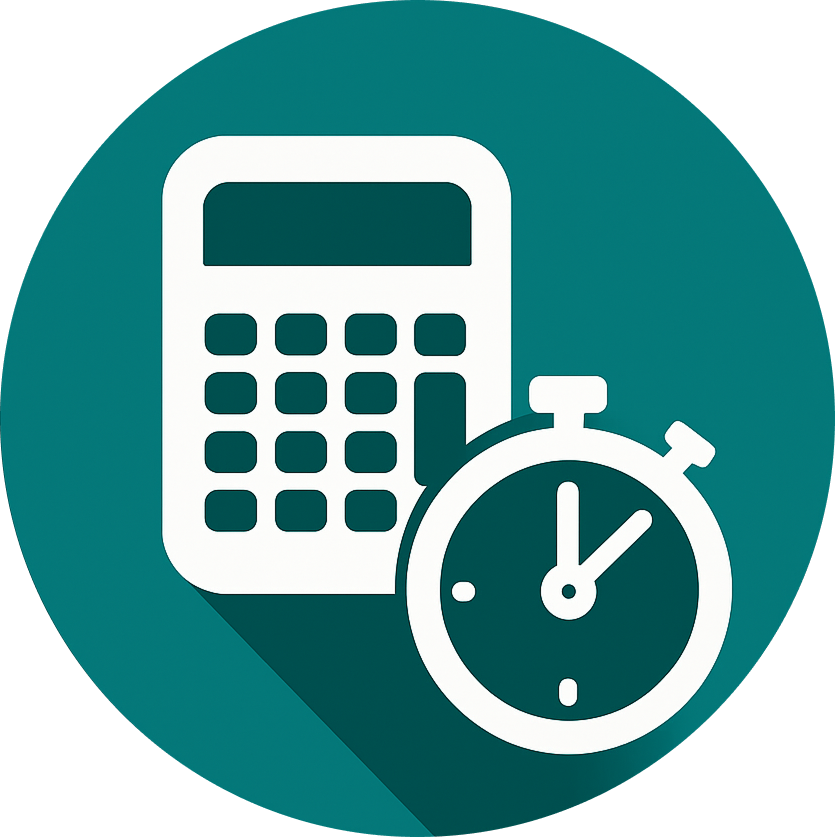A weightloss tool that starts with BMI + Intermittent Fasting.
Calculate - BMI, fasting window, and calorie deficit. Save and go!
Four Easy Steps
BMI calculator + fasting window
BMI Calculator
Intermittent Fasting Window
Calordie Deficit Calculator
Calorie App and Fitness Watches
Foods to Avoid
Ultra-processed snacks
Items like chips, candy bars, and packaged pastries are often high in added sugars, refined grains, and unhealthy fats while offering little nutritional value.
Sugary beverages
Soda, sweetened iced tea, energy drinks, and many fruit juices can pack large amounts of added sugar, which is linked to weight gain and metabolic issues.
Refined carbohydrates
White bread, white pasta, and many breakfast cereals have been stripped of fiber and nutrients, causing quick spikes in blood sugar and low satiety.
Fried fast food
Deep-fried items such as fries, fried chicken, and onion rings tend to be calorie-dense, high in trans fats, and low in beneficial nutrients.
Processed meats
Bacon, sausage, hot dogs, and deli meats often contain high sodium levels and preservatives, and frequent consumption is associated with higher chronic disease risk.
High-sugar desserts
Cakes, cookies, donuts, and ice cream are rich in added sugars and saturated fats, which can contribute to weight gain when eaten frequently.
Dairy
Some dairy products, particularly full-fat varieties like whole milk, cheese, and butter, can be high in saturated fats and calories. Excessive intake may contribute to weight gain and elevated cholesterol levels in certain individuals. Additionally, many flavored yogurts and milk-based drinks contain added sugars.

